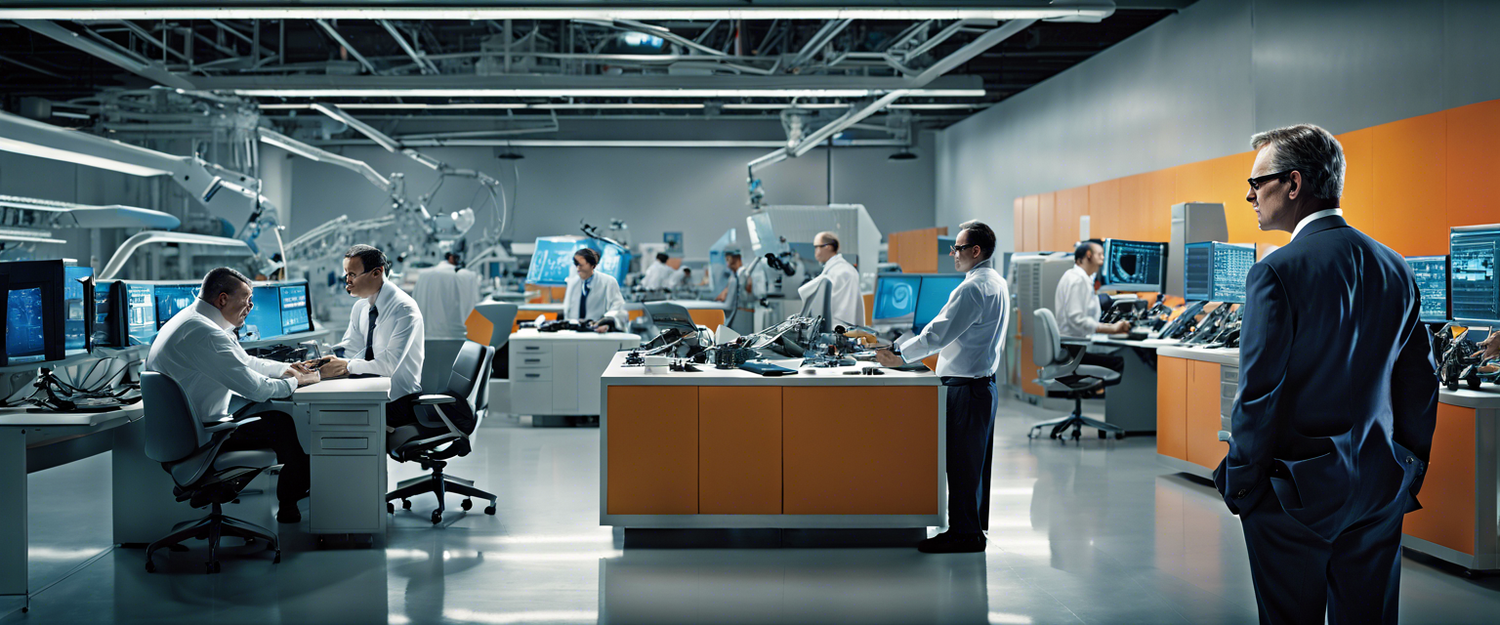The Future of Intel: A Potential Split Amid Executive Changes
Following the unexpected ousting of former CEO Pat Gelsinger, Intel is navigating a tumultuous period filled with uncertainty and speculation regarding its future direction. With the appointment of temporary co-CEOs, the discussions surrounding a potential spin-off of Intel's manufacturing operations have gained momentum, making this a critical moment for one of the leading players in the semiconductor industry.
Current Leadership and Corporate Decisions
At the recent Barclays investment banking conference, the two co-CEOs of Intel hinted toward a strategic separation of its manufacturing division. David Zinsner, Intel’s Chief Financial Officer, confirmed that the company is in the process of establishing its manufacturing businesses as standalone subsidiaries. However, he refrained from clarifying whether a complete spin-off would occur in the future. "Does it ever fully separate? That’s an open question for another day," Zinsner stated, reflecting the complexity of such a move.
Insights from the Products CEO
Michelle Johnston Holthaus, who heads Intel's products division, reinforced the significance of this decision during the discussions. She noted, "Pragmatically, do I think it makes sense that they’re completely separated and there’s no tie? I don’t think so. But someone will decide that," highlighting the strategic implications that such corporate restructuring could entail.
The Challenges of a Manufacturing Spin-Off
The stakes are high for Intel regarding the potential spin-off of its manufacturing operations. The company, which has historically relied on its foundries for chip production, outsourced its Lunar Lake laptop chip manufacturing to rival TSMC earlier this year. This decision proved costly, as it revealed the vulnerabilities within Intel's operational strategy.
Government Oversight and Funding Implications
Intel’s manufacturing division currently benefits from nearly $8 billion in funding from the CHIPS and Science Act. This arrangement brings additional scrutiny from the US Department of Commerce, which oversees any significant changes in ownership or operational control. Therefore, should Intel choose to spin off its manufacturing business, it may transform into a company primarily focused on chip design, positioning itself similarly to other major competitors.
Looking Ahead: Key Products and Development Risks
As Intel contemplates the future, all eyes are on its upcoming "18A" process set to launch next year. There are significant doubts whether this technology will outpace TSMC, particularly in delivering high-performance PC chips that can compete with AMD's offerings. The company’s recent track record, including setbacks with the 13th and 14th Gen chips and an underwhelming release of next-gen desktop CPUs, further underscores the pressure it faces in regaining its competitive edge.
The Need for Strategic Vision
The decision to potentially split Intel's operations will not only impact its market presence but will also shape its identity moving forward. The incoming CEO will have to navigate these decisions carefully to optimize Intel's strengths and address its weaknesses, ensuring that the company can adapt to the rapidly evolving semiconductor landscape.



Zostaw komentarz
Wszystkie komentarze są moderowane przed opublikowaniem.
Ta strona jest chroniona przez hCaptcha i obowiązują na niej Polityka prywatności i Warunki korzystania z usługi serwisu hCaptcha.